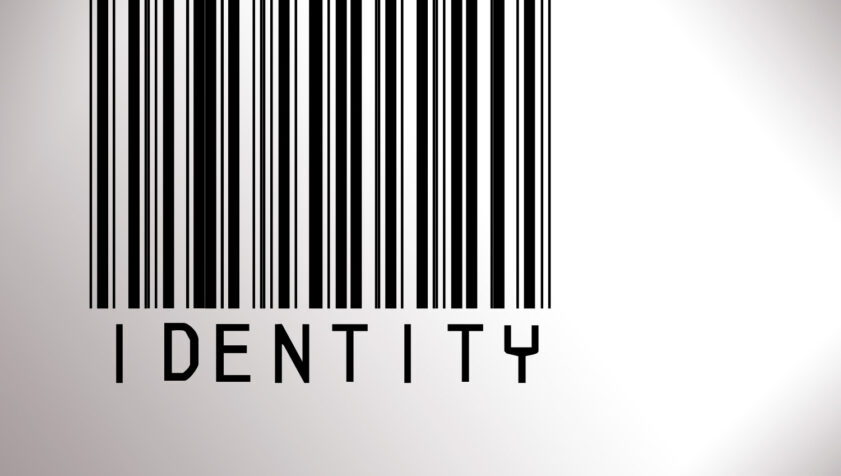 Our identity—how we define who we are—is a key component in understanding self, what we value, and our beliefs. Everyone has a unique identity comprised of a variety of factors and experiences.
Our identity—how we define who we are—is a key component in understanding self, what we value, and our beliefs. Everyone has a unique identity comprised of a variety of factors and experiences.
The following exercise is intended to help you initiate the process. It comes from my book on personal growth (Discovering Michael: An Inspirational Guide to Personal Growth & Self-Discovery). I will segment this in parts to allow you time to complete the section and self-reflection. Part 2 of this exercise will be published shortly.
Step 1: Begin this exercise by obtaining ten sticky notes, a writing utensil, and a non-judgmental partner with whom you can be open and trust to let you come up with your answers rather than providing them for you. Your partner will play a simple yet important role in assisting you.
 Give the sticky notes to your partner. State your first name and have your partner ask you who you are. If your name is Mary, the question would be, “Mary, who are you?” It is important for your partner to remain silent and not assist you in any way. He or she will record your response on one of the sticky notes, set it aside, and then repeat the question nine more times, recording each response on a different sticky note. You will work with your responses later by yourself, only sharing if you feel comfortable doing so.
Give the sticky notes to your partner. State your first name and have your partner ask you who you are. If your name is Mary, the question would be, “Mary, who are you?” It is important for your partner to remain silent and not assist you in any way. He or she will record your response on one of the sticky notes, set it aside, and then repeat the question nine more times, recording each response on a different sticky note. You will work with your responses later by yourself, only sharing if you feel comfortable doing so.
Be open-minded and allow yourself to say anything that comes to mind. There is no passing or failing, no right or wrong answers. As each of us defines our identity differently, the benefit will come from the struggle. If your partner is interested in the exercise, reverse roles after you have completed your responses.
— STOP HERE — COMPLETE ABOVE STEP PRIOR TO READING ON
Now that you have completed the first step, reflect on how easy or difficult it was. If you found it challenging, know that most people find it challenging because it is so infrequent, if ever, that we are asked to define who we are for the purpose of self-awareness. Most of the time others are quick to tell us who we are, who we should be or who we should strive to be, instead of leaving it as an open-ended question or letting us figure out the answer.
As the majority of participants admitted it was the first time they had really considered and answered such a self-reflecting question, they struggled to come up with ten responses, especially after giving four or five. As a result, many of the partners were tempted to help by suggesting answers, as they felt capable of easily being able to create the list for their friend. This suggests that others know us better than we know ourselves, as most of the time our focus is on others and we spend little time, if any, looking at ourselves.
Step 2: The next step is to prioritize your responses by labeling them with numbers one through ten, where one connects to the response you deem most important and ten connects to that which you deem least important. This does not mean some of the responses are not important; it merely helps you identify the aspects of your identity you consider to be most important. While you may be inclined to provide some answers with the same ranking, for the purposes of this exercise it is important that you force-rank each response so that each one has a unique ranking.
 Now that you have finished the second step, reflect on how easy or difficult it was for you. For many, it was more challenging than the first step, as it was more personal and introspective, and we generally categorize many aspects of our identity as equally important or unimportant. Additionally, working on the task alone may have caused added discomfort.
Now that you have finished the second step, reflect on how easy or difficult it was for you. For many, it was more challenging than the first step, as it was more personal and introspective, and we generally categorize many aspects of our identity as equally important or unimportant. Additionally, working on the task alone may have caused added discomfort.
More coming soon…
